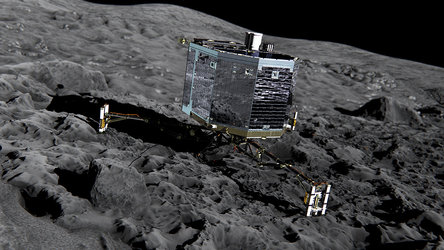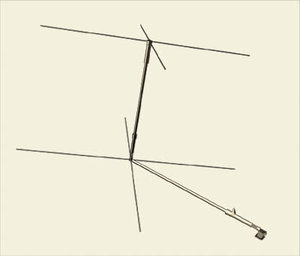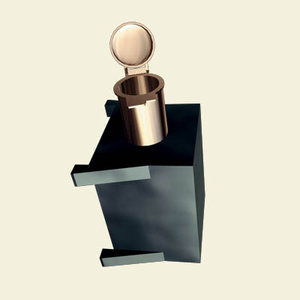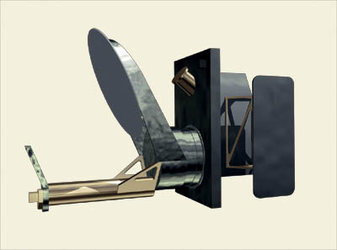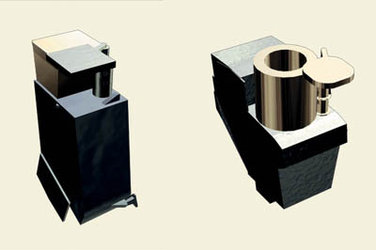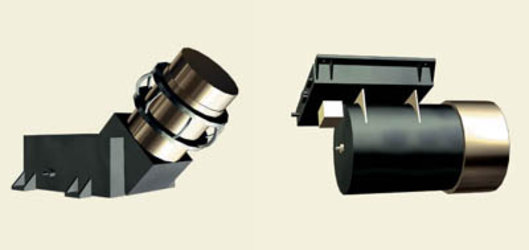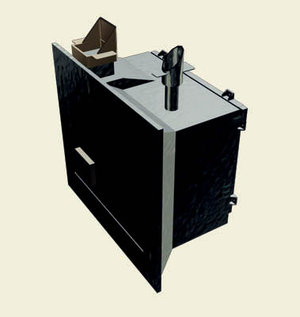ALICE
ALICE (Ultraviolet Imaging Spectrometer) analyses gases in the coma and tail and measures the comet's production rates of water and carbon monoxide/dioxide. It also provides information on the surface composition of the nucleus.
Principal Investigator: Joel Parker, Southwest Research Institute, Boulder, Colorado, USA.





